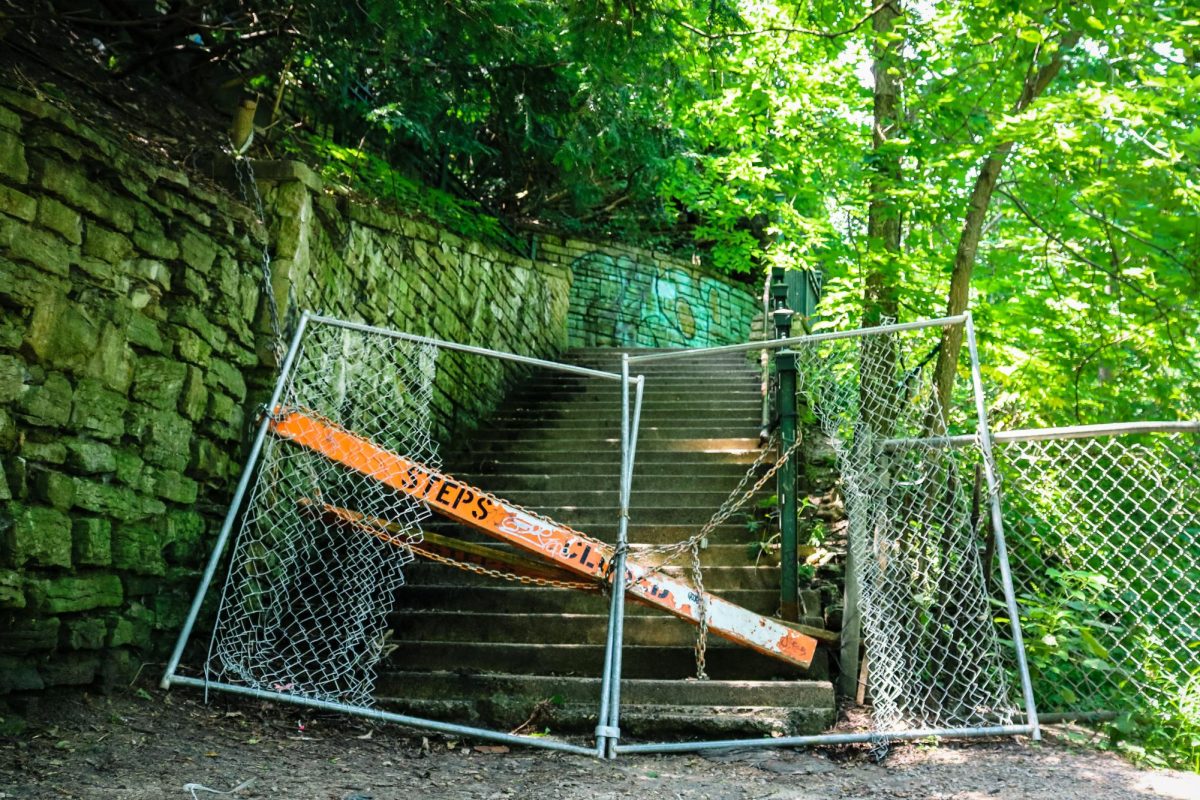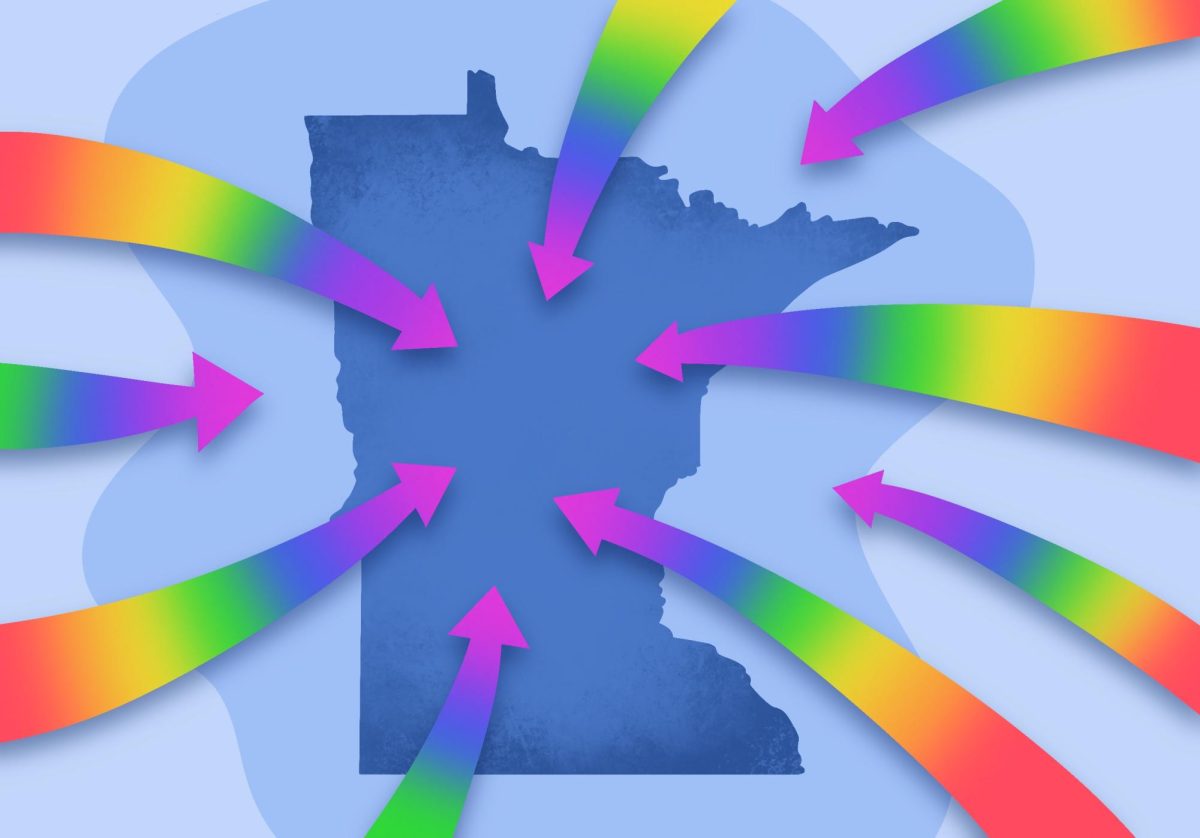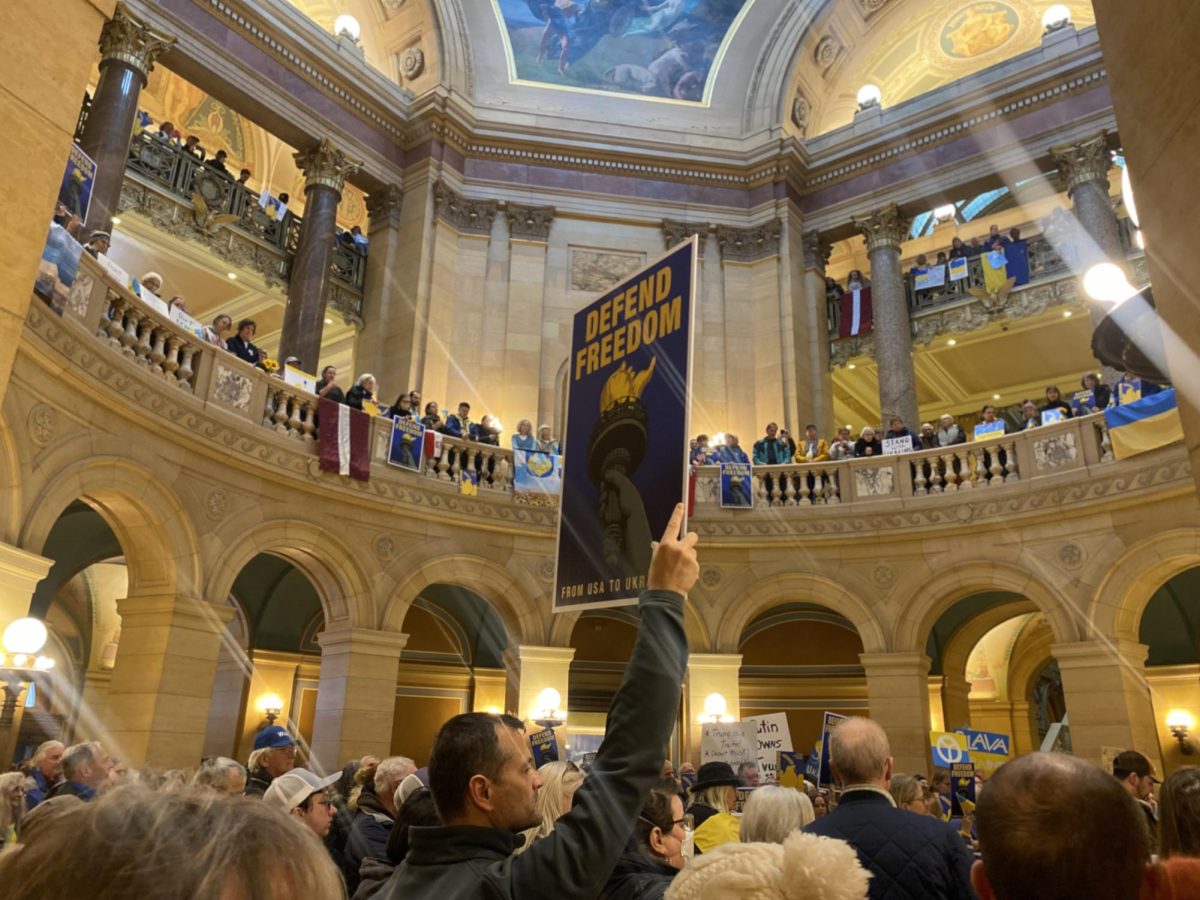Minnehaha Park and Falls, an important historic, cultural and recreational landmark for Minneapolis and Minnesota, will be undergoing repairs to fix aging infrastructure.
The repair efforts to Minnehaha Regional Park are focused on the south slope of the Falls. The area is mostly inaccessible to the public due to the poor condition of stairs, walls, eroding slopes, and the instability of pathways and access points, according to the Minneapolis Park and Recreation Board website.
The project aims to recreate access, rebuild viewing areas, stabilize slopes, and reflect and respect the cultural and historic significance of the space while providing safe access to all areas of the park.
The park is working with community members to include different perspectives and consider the park’s history, according to Friends of Minnehaha Park Chair Susan Glenn.
Glenn said community members have three options for the replacement project. The survey to give input about the concepts will close on Aug. 31.
“They have a very thoughtful process they’re going through but my thinking is don’t base a decision on what’s cheapest,” Glenn said. “Base it on what’s going to be most durable, safe, timeless, aesthetically pleasing, low maintenance, complement the existing infrastructure and make the entire community proud.”
Concept A would replicate the concrete infrastructure there now, Concept B would use stone and gravel to create simplified railings and longer trail conditions and Concept C would create a ramp to the upper viewing platform and steel and wood railings, Project Manager Carol HejlStone said.
HejlStone said the final product will have a mix of what people like from each concept. The concept design will be finalized later this year and construction plans will develop as the project progresses.
Allison Waukau, the tribal liaison and native relations coordinator for the Metropolitan Council, said she hopes Native designs can be incorporated into the repairs as Minnehaha Falls continues to be an important part of the Dakota community.
“I think that one of the things that is most important with this park is that we are still here and we are still continuing to pray at this water,” Waukau said. “We’re still bringing our children to the water and integrating that traditional knowledge with this.”
The word “Minnehaha” comes from the Dakota word for “waterfall.” HejlStone said it is important to acknowledge the park is on Dakota land and the culture is not currently reflected in meaningful ways at the site.
“We’re reaching out to Dakota leadership, to Dakota tribal leadership, and doing our best, to do a better job of embedding and celebrating, amplifying and including Dakota people in this work,” HejlStone said.
HejlStone said there is $1.2 million in funding for the project, which is enough to begin repairs on unsafe infrastructure on the slope and one or more viewing platforms. More funding will be distributed as needed while the project continues.
The park is often used for community events, as a venue for local concerts or as the host of the Minnehaha Falls Art Fair.
Glenn said the park is a place for everyone to have fun, enjoy nature and embrace themselves.
“When you visit the park, you’ll see every different possible ethnicity, race, background of people there all enjoying the outdoors and being awed by the power and majesty of the falls, and dipping their feet in the creek,” Glenn said. “It’s just a microcosm of our community and everyone loving the park.”














